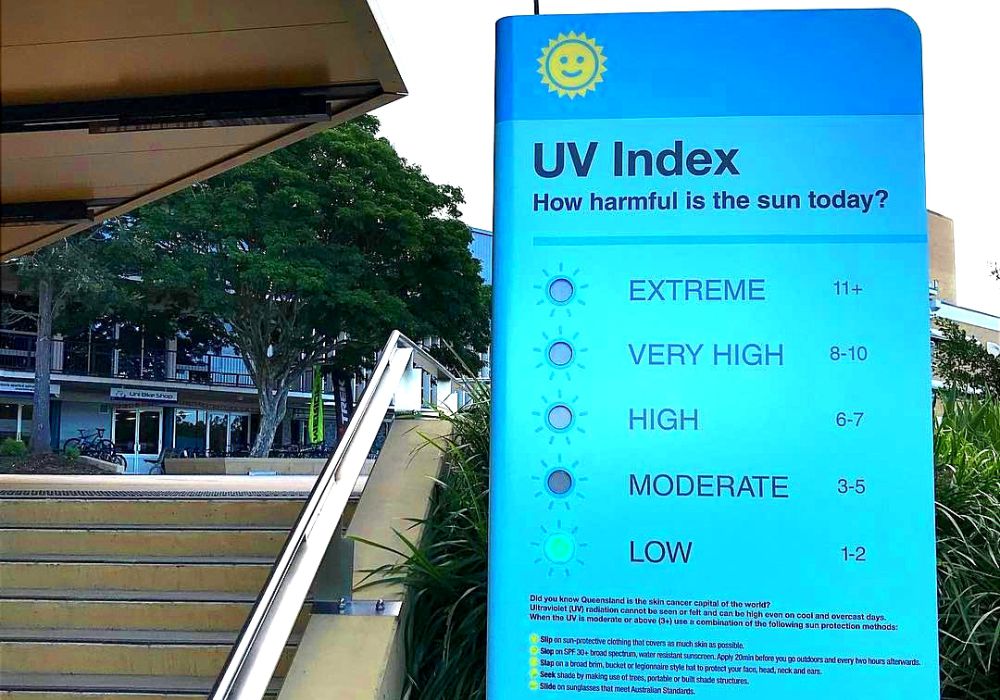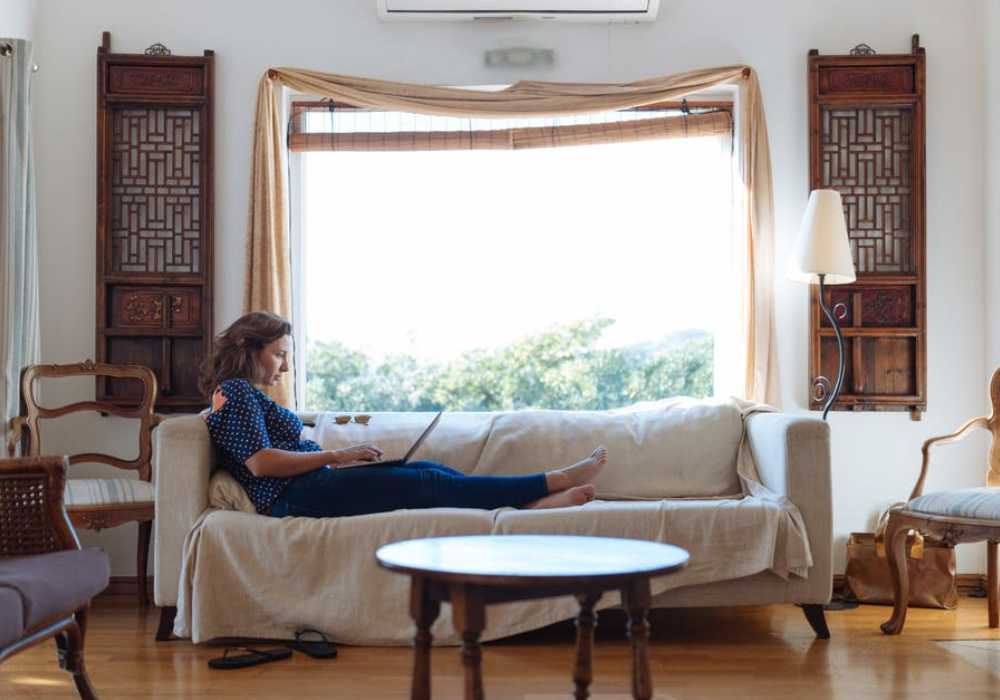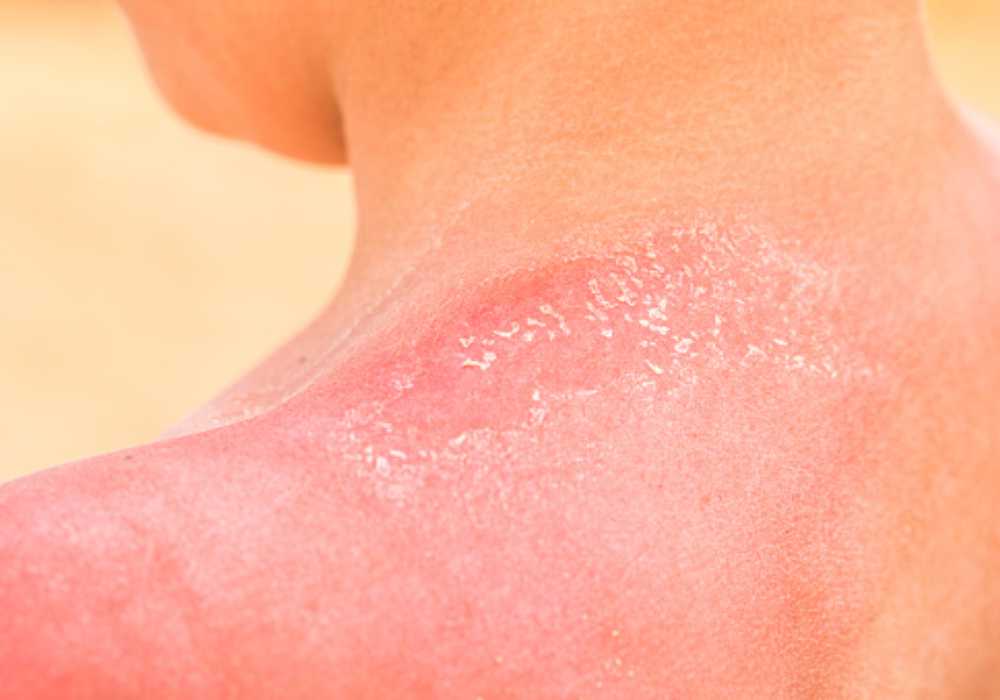As an Affiliate, We may earn a commission that doesn't cost you extra from qualifying purchases using links in this post. It helps keeps this blog running.
Tanning and not burning is all about understanding the UV index and making sure you have the right sun protection. The UV index is a measure of the strength of ultraviolet (UV) radiation from the sun at a particular place and on a particular day. It’s important to know about the UV index because it helps you understand how much time you can spend in the sun without putting yourself at risk for skin cancer.
Read A Specific Section
What Exactly Is UV Index?
The UV Index is a number that tells you how strong the ultraviolet (UV) radiation from the sun is at any given time. The higher the UV index, the stronger the UV radiation and the greater your risk for skin damage.
The UV Index is a measure of the strength of the sun’s ultraviolet (UV) radiation. It is measured on a scale from 0 to 11, with 0 being no UV radiation and 11 being the most intense UV radiation.
The UV Index is highest during the summer months when the sun is at its strongest. However, even on cloudy days, the UV Index can be high enough to cause sunburn. That’s why it’s important to protect your skin year-round, even when it doesn’t feel like sunny weather outside.
There are two things to remember about the UV index:
- The higher the number, the greater the risk of harmful effects from exposure to UV radiation.
- The amount of time it takes for your skin to burn also depends on factors such as your skin type, whether you’re wearing sunscreen, and whether you’re in the shade or not.
| UV INDEX NUMBER | EXPOSURE LEVEL | APPROX. TIME TO BURN | WHAT TO DO |
|---|---|---|---|
| 0-2 | Low | Approximately 50 minutes to 1 hour | Although no protection is particularly needed for this type of low UV index exposure as the sun rays are not strong enough to cause damage. However, an SPF 30+ sunscreen wouldn’t hurt. |
| 3-5 | Moderate | Approximately 40 to 50 minutes | For this type of moderate UV index exposure, you need to protect your skin by generously applying sunscreen with a broad spectrum of at least SPF-20 or higher and actively seek shade when outside late in the morning and also at mid-afternoon (11 am – 4:30 pm). |
| 6-7 | High | Approximately 20 to 30 minutes | For this type of high UV index exposure, you need to be highly careful outside and protect your skin by generously applying sunscreen with a broad spectrum of at least SPF-20 or higher especially when outside late in the morning and also at mid-afternoon (11 am – 4:30 pm). You should also pay attention to your shadow, if your shadow is shorter than you are then you should actively seek shade and wear sunglasses to protect your eyes from harmful rays. |
| 8-10 | Very High | Approximately 10 to 25 minutes | For this type of very high UV index exposure, you now need to be very careful outside and always protect your skin by wearing protective clothing like long sleeves, broad-brimmed hats, and turtle necks amongst others. You should also generously apply sunscreen with a broad spectrum of at least SPF-20 or higher especially when outside late in the morning and in mid-afternoon (11 am – 4:30 pm). Not to forget paying attention to your shadow, if your shadow is shorter than you are then you should actively seek shade and wear sunglasses to protect your eyes from harmful rays. |
| 11 & Higher | Extremely High | Approximately 7 to 10 minutes | For this type of very extremely high UV index exposure, you now need to be very extremely careful outside and always protect your skin by wearing protective clothing like long sleeves, broad-brimmed hats, and turtle necks amongst others. You should also generously apply sunscreen with a broad spectrum of at least SPF-20 or higher especially when outside late in the morning and in mid-afternoon (11 am – 4:30 pm). Not to forget paying attention to your shadow, if your shadow is shorter than you are then you should actively seek shade and wear sunglasses to protect your eyes from harmful rays. |
How To Find Out What The UV Index Is At A Certain Time?
There are a few different ways to find out what the UV index is at any given moment:
- Check the weather forecast. The UV index is usually included in the weather forecast.
- Step outside in the sun and pay attention to your shadow. If your shadow reflection from the sun is taller than you are in the morning or late afternoon then your UV exposure is lower, however, if your shadow is shorter than you are at midday then your UV exposure is high. it’s important to use sun protection and spend more time in the shade
- Look for signs at public places such as beaches, parks, and pools. Many public places post the UV index so that people can plan their activities accordingly.
- Download a UV index app on your smartphone. There are many different apps available that will tell you the UV index for your current location.
Once you know what the UV index is, you can take steps to protect yourself from over-exposure to UV radiation when tanning.
How Does UV Index Affect Tanning?
The UV index is important to know because it affects how long you can stay in the sun without putting yourself at risk for sunburn and skin cancer. The higher the UV index, the less time you can spend in the sun before your skin starts to burn.
For example, if the UV index is 3, you can stay in the sun for up to three hours before your skin starts to burn. However, if the UV index is 7, you can only stay in the sun for up to one hour before your skin starts to burn.
It’s also important to remember that the amount of time it takes for your skin to burn also depends on factors such as your skin type, whether you’re wearing sunscreen, and whether you’re in the shade or not.
What UV Index Is Good For Tanning?
The UV index measures the strength of the ultraviolet radiation present in the environment. So, there is no definitive answer to this question as everyone’s skin type is different. However, generally speaking, a UV index of 3 to 5 is considered good for tanning. This means that you can stay in the sun for up to three hours without sunburn. A higher UV index number means that the UV radiation is stronger and thus more likely to cause skin damage.
So, if you are looking to get a tan, it is best to find a day when the UV index is lower than 5 as this is considered a good UV index for tanning. However, it’s still important to use sunscreen and to take breaks in the shade to avoid over-exposure to UV radiation.
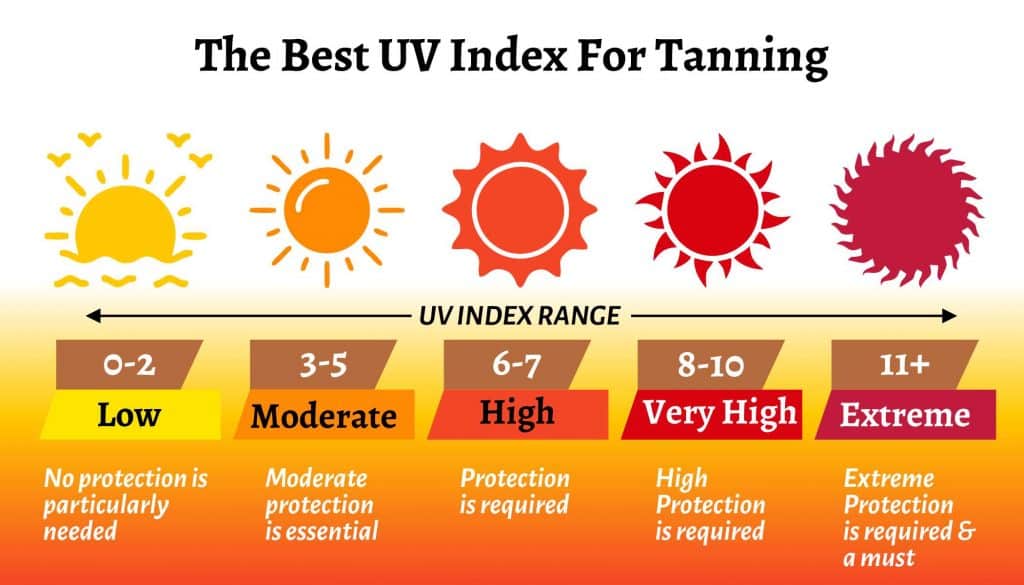
What Is The Lowest UV Index To Tan?
The lowest UV index to tan is a UV score of 3 or lower. This means that the sun’s rays are not intense enough to cause sunburn or skin damage. In fact, some people may find that their skin tans more easily at this UV index. However, it is still important to wear sunscreen and protective clothing when outdoors, as the sun’s rays can still be harmful to your skin.
Are UV Lights In Tanning Beds?
Yes, UV lights are inside tanning beds. However, the type of UV light used in a tanning bed is different than the kind that comes from the sun. Tanning beds emit mostly UVA rays, while the sun emits a mix of UVA and UVB rays.
UVA rays penetrate deep into the skin and are associated with long-term skin damage, such as wrinkling and age spots. They can also contribute to the development of skin cancer.
UVB rays are less intense than UVA rays and only penetrate the outer layer of skin. They are primarily responsible for causing sunburns.
Both UVA and UVB rays can cause DNA damage that can lead to skin cancer. So, it’s important to use caution when exposed to either type of UV radiation, whether it’s from the sun or a tanning bed.
What Is UV Index 7 Tan Time?
The amount of time it will take to tan in UV index 7 is about 20 minutes.
A UV index of 7 is considered high, and sun exposure should be limited to short periods of time. Make sure to use sunscreen with a high SPF, and drink plenty of water to stay hydrated. Seek shade if possible, and avoid being in the sun during the peak hours of 10 am-4 pm.
If you do plan on being in the sun, try to wear loose, light clothing that covers as much skin as possible. Wearing a hat and sunglasses will also help protect you from the harmful rays of the sun.
Frequently Answered Questions (FAQ)
Can You Get Tan With A UV Index Of 2?
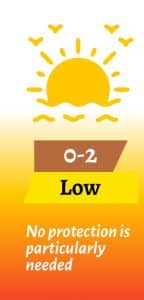
Although it will take a longer time but Yes, you can get tan with a UV index of 2. UV index 2 is considered low risk and 4-7 is moderate. So make sure to reapply sunscreen every 2 hours when outdoors.
Can You Get Tan With A UV Index Of 3?
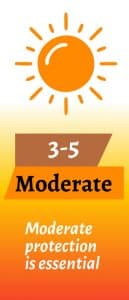
Yes, you can get tan with a UV index of 3. However, it is not as intense as higher numbers and will take longer to tan.
Can You Get Tan With A UV Index Of 4?
Yes, you can get tan with a UV index of 4. This is the beginning of the moderate range and should take about 15 minutes to start seeing color.
Can You Get Tan With A UV Index Of 5?
Yes, you can get tan with a UV index of 5. The UV rays are stronger at this level and you will start to see your bronze tan in less time than when the UV index was lower.
Can You Get Tan With A UV Index Of 6?
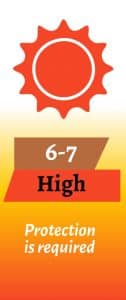
Yes, you can get tan with a UV index of 6. The UV rays are quite strong at this level and you will start to see the tan color on your skin in a shorter amount of time than when the UV index was lower.
Can You Get Tan With A UV Index Of 7?
Yes, you can get tan with a UV index of 7. This is the highest level in the moderate range and you will see color very quickly.
Can You Get Tan With A UV Index Of 8?

Yes, you can get tan with a UV index of 8. However, it’s not advisable to tan in this kind of sunny weather as the UV index is getting into the high range and you will need to be extra careful not to burn.
Can You Get Tan with a UV Index Of 9?
Yes, you can get tan with a UV index of 9. However, it’s not advisable to tan in this kind of hot weather as the UV index is getting close to the very high range and you will need to be extra careful not to burn.
Can You Get Tan With A UV Index Of 10?
Yes, you can get tan with a UV index of 10 within. However, you will burn very quickly in weather with a high UV index like this so, it’s not advisable to tan in this kind of atmosphere as the UV index is in the very high range and you will need to be extremely careful not to burn.
Can You Get Tan With A UV Index Of 11?
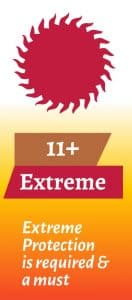
Yes, you can get tan in a very short time with a UV index of 11. However, you will burn very quickly in weather with a high UV index like this so, it’s not advisable to tan in this kind of atmosphere as the UV index is in the very extreme range and you will need to be extremely careful not to burn.

I’m Akin, your dedicated Editor-in-Chief and a fervent skincare enthusiast. Self-care is my true passion, and each year, I embark on a thorough exploration of self-tanning products, ranging from lotions to mists. This forms the bedrock of our commitment to delivering top-notch information to our readers. My extensive research and precise product rankings empower you to make informed decisions tailored to your specific skincare needs.
Unlock the Secrets to Achieving Your Ideal Tan with This Comprehensive Checklist
